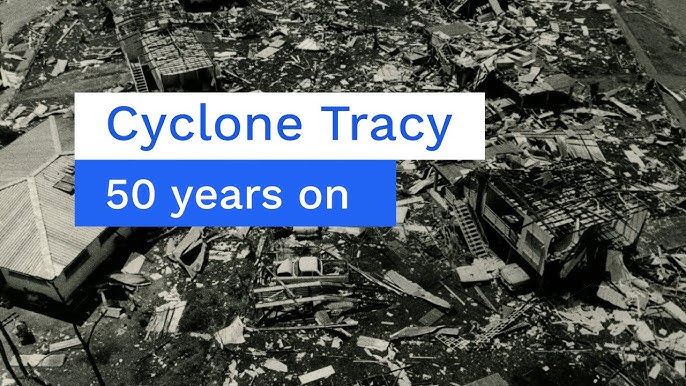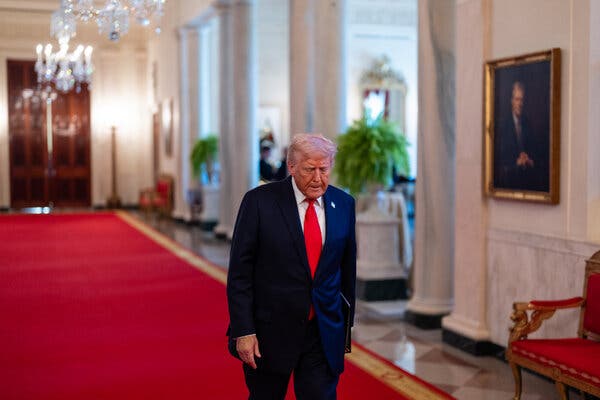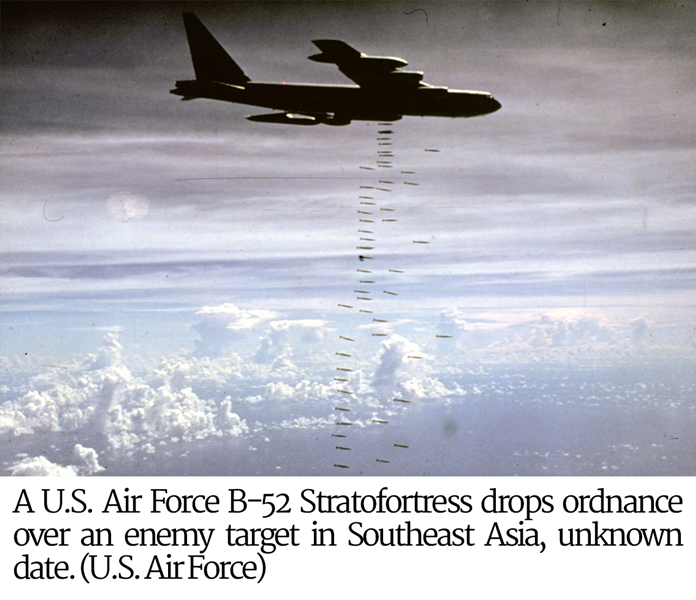As the echoes of the Vietnam War fade into history, the battlefields that once bore witness to fierce confrontations have now transformed into sites of pilgrimage for veterans and tourists alike. Once known for their grim past, locations like Hamburger Hill, Hue, and the Ia Drang Valley now attract thousands seeking to understand the complexities of the conflict that took place over half a century ago.
U.S. Army veteran Paul Hazelton, nearing his 80th birthday, recently returned to Vietnam for the first time since his service during the war. He reflected on the stark contrast between the war-torn landscapes of his youth and the vibrant cities he witnessed today. “Everywhere you went, it was occupied territory with our military; now you just see the hustle and bustle and the industry, and it’s remarkable,” Hazelton remarked while visiting the War Remnants Museum in Ho Chi Minh City, formerly Saigon. “I’m just glad that we’re now trading and friendly with Vietnam. And I think both sides are benefiting from it.”
A Historical Context of the Vietnam War

The Vietnam War, which lasted nearly two decades from 1955 to 1975, resulted in the loss of more than 58,000 American lives and many times that number of Vietnamese casualties. The conflict escalated following the end of French colonial rule, highlighted by the decisive defeat of French forces at Dien Bien Phu in 1954. This defeat led to significant geopolitical shifts, including the division of Vietnam into Communist North Vietnam under Ho Chi Minh and U.S.-backed South Vietnam.
This year marks notable anniversaries: the 50th anniversary of the fall of Saigon to North Vietnamese and Viet Cong troops, and the 30th anniversary of the reestablishment of diplomatic relations between the United States and Vietnam. The resurgence of tourism is palpable, as the country rebounds from the COVID-19 pandemic and positions itself as one of the fastest-growing economies in Southeast Asia. In 2024, Vietnam welcomed over 17.5 million foreign visitors, close to the record of 18 million set in 2019.
The Impact of Tourism on Vietnam’s Economy

Tourism plays a crucial role in Vietnam’s economic landscape, providing approximately one in nine jobs within the country. One of the key attractions is the War Remnants Museum in Ho Chi Minh City, which draws around 500,000 visitors annually, two-thirds of whom are international tourists. The museum’s exhibits focus on the ramifications of American military operations, detailing incidents such as the My Lai massacre and the widespread use of Agent Orange, a defoliant that caused long-lasting environmental damage.
Plans for an exhibit from the U.S. government at the museum, intended to showcase efforts to address wartime damage, have been delayed indefinitely due to cuts to foreign aid initiated by the Trump administration.
Key Historical Sites in Ho Chi Minh City
Within the city, various historical sites evoke memories of the war. The Independence Palace, once the seat of the South Vietnamese government, remains a poignant reminder of the moment North Vietnamese tanks crashed through its gates during the city’s fall. Nearby, the Rex Hotel served as a hub for U.S. press briefings, often mockingly referred to as the “Five O’clock Follies” due to their lack of reliable information.
Another significant site is the Cu Chi tunnels, where Viet Cong guerrillas took refuge from American forces. The tunnels attract about 1.5 million visitors each year, who can explore the narrow passages and even participate at a firing range using war-era weaponry. Italian tourist Theo Buono expressed a deeper understanding of the war’s nature after visiting the tunnels: “I can understand a bit better now how the war took place, how the Vietnamese people managed to fight and protect themselves,” he said.
Veterans also find meaning in these visits. Luu Van Duc, a former North Vietnamese Army artilleryman, visited the Cu Chi tunnels with fellow veterans. “I’m so moved visiting the old battlefields — it was my last dying wish to relive those hard but glorious days together with my comrades,” the 78-year-old shared. “Relics like this must be preserved so the next generations will know about their history, about the victories over much stronger enemies.”
Beyond Ho Chi Minh City: The Former DMZ and Other Battlefields

Outside Ho Chi Minh City lies the former Demilitarized Zone (DMZ), which saw some of the most intense fighting during the war and attracted over 3 million visitors in 2024. Here, tourists can navigate the Vinh Moc tunnel complex, which sheltered civilians from relentless bombings by U.S. forces aimed at disrupting supplies to the North. Day trips from Hue typically include visits to the DMZ, Khe Sanh combat base, and the haunting remnants of the past.
The Khe Sanh combat base features original fortifications, along with military artifacts left behind by U.S. forces following their withdrawal. This site is particularly significant given its history of fierce battles, including the highly contested engagements during 1968.
Hue, known for its imperial history, became a focal point of conflict during the Tet Offensive in 1968. The city’s ancient Citadel and Imperial City, recognized as a UNESCO World Heritage site, still bear scars of warfare but have largely been restored.
Further west of Hue, the site of Hamburger Hill marks another crucial battle from 1969. The ongoing remembrance of these locations underscores their importance not only in military history but also as a testament to resilience and recovery.
The Ia Drang Valley and Hanoi’s Hoa Lo Prison
About 500 kilometers southwest of Hue, near the Cambodian border, lies the Ia Drang Valley, where the first major engagement between American and North Vietnamese forces took place in 1965. The air war dominated the northern front, leading to the establishment of sites like the Hoa Lo Prison in Hanoi. Known ironically as the “Hanoi Hilton” by its inmates, this former French prison housed American prisoners of war, including prominent figures like the late Senator John McCain, who was shot down in 1967.
Olivia Wilson, a 28-year-old visitor from New York, described her experience at the prison museum as “eerily fascinating.” She noted that it provided a unique perspective on the war, contrasting sharply with the narratives often portrayed in the West.
As veterans and tourists continue to visit these historic sites, they contribute to a collective understanding of a war that shaped the destinies of both Vietnam and the United States. Each journey serves as a bridge between past and present, highlighting lessons learned and the enduring hope for reconciliation and peace.


